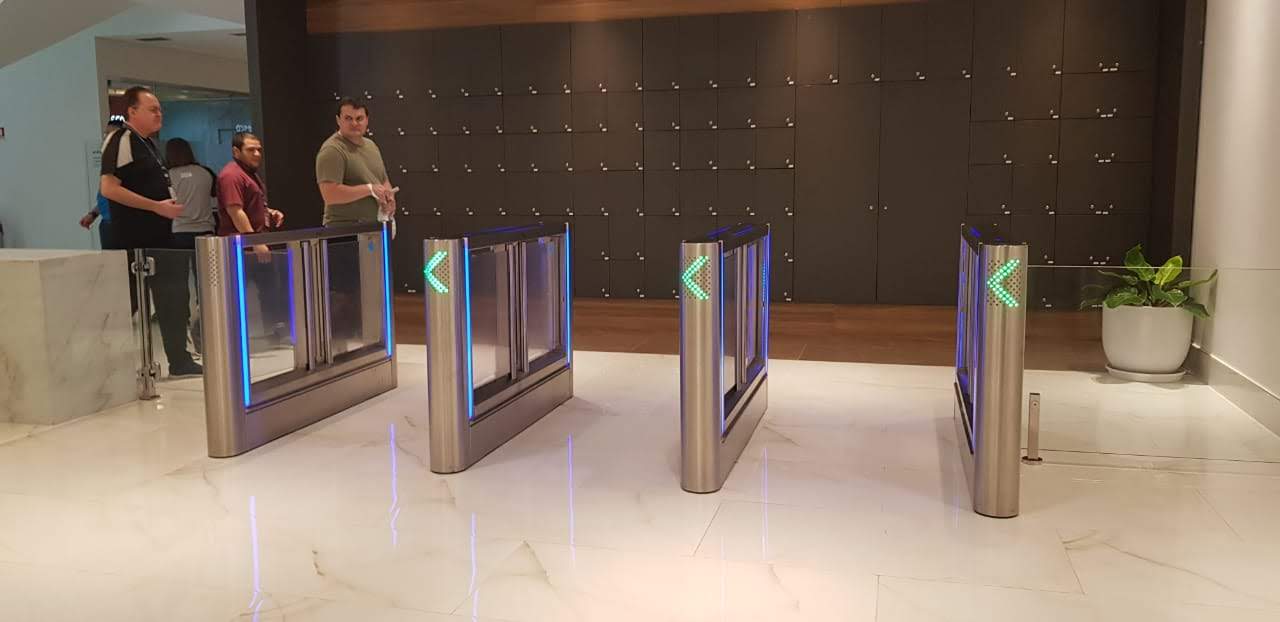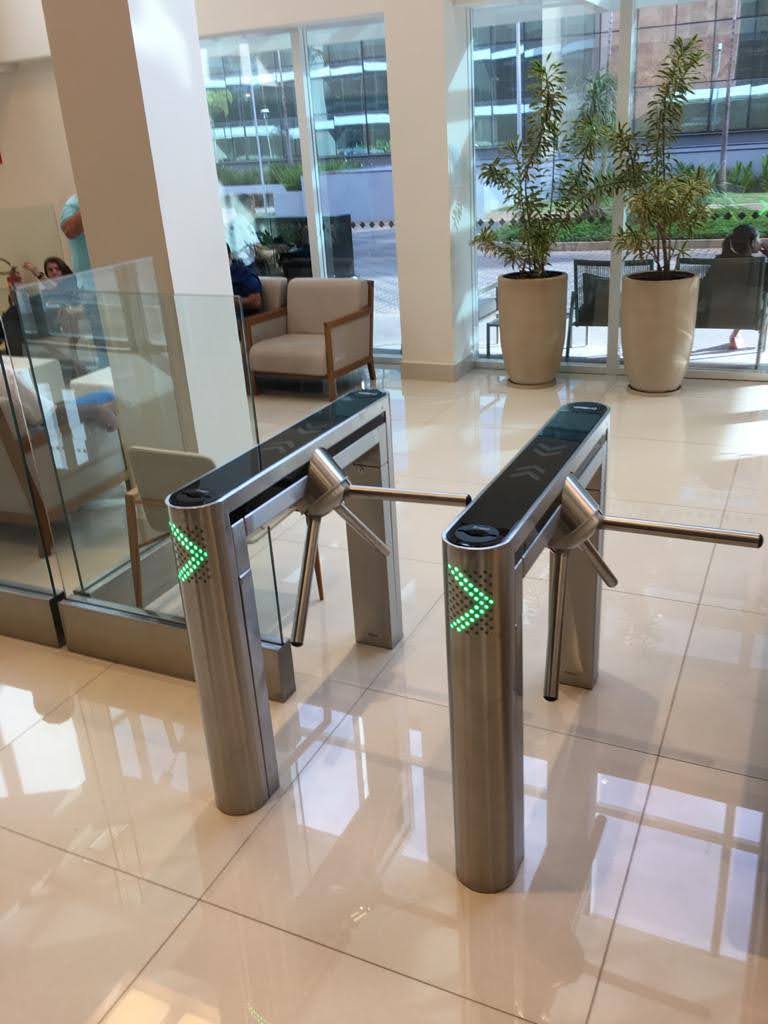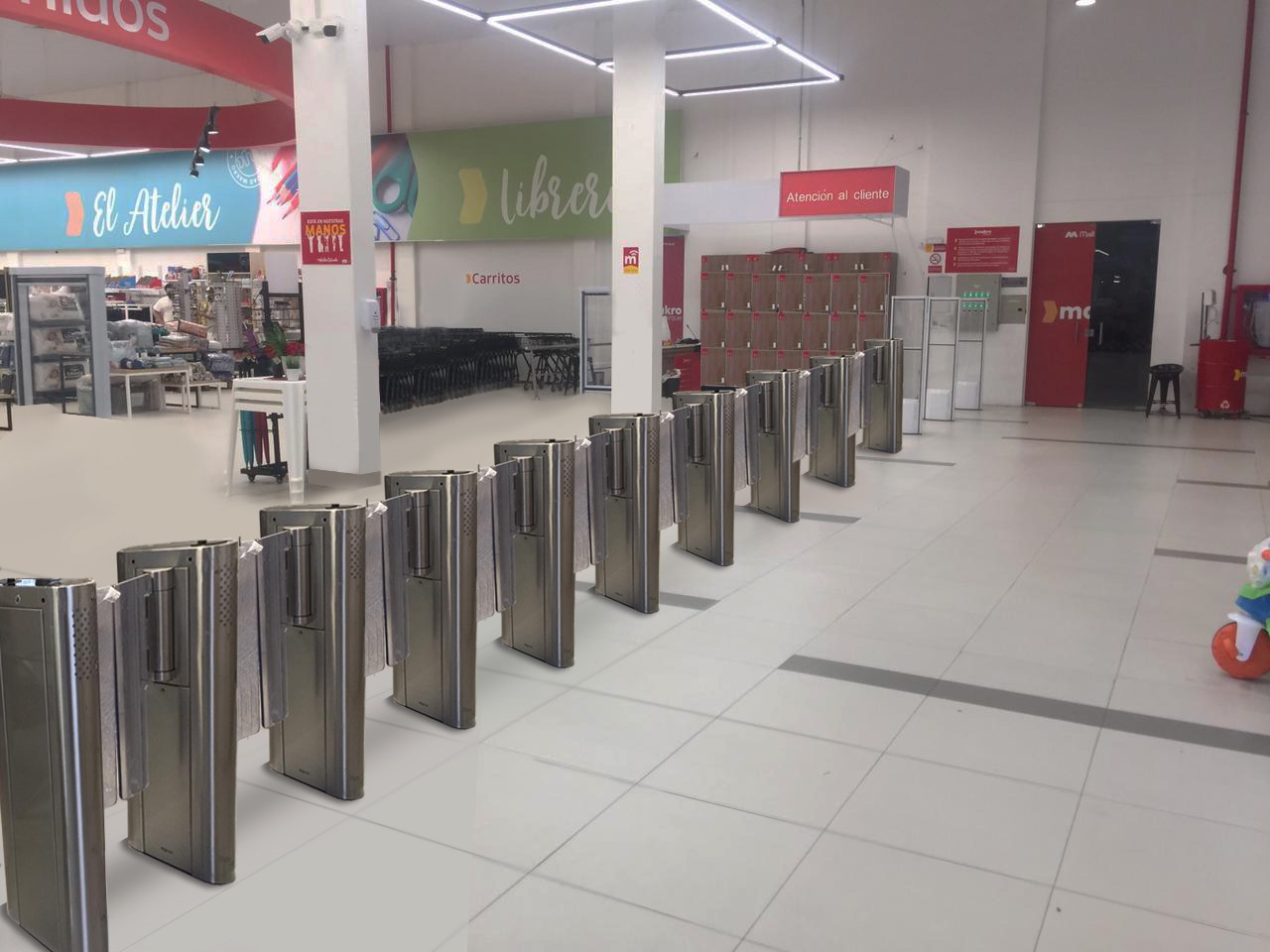Technology to help employees return to work safely
It’s no secret that the coronavirus pandemic has had a wide-ranging impact on facility managers. There are numerous challenges to be overcome: from allowing for physical distancing to supporting remote workforces and COVID-19 screening procedures.
In this environment, it’s vital to prioritise your employees’ needs and safety, which is why organisations are deploying significant resources to support effective hygiene practices, sanitation, and protection of their workplace.
As businesses return to something approaching normality, the primary aim of a return to the workplace is to ensure a seamless and efficient flow of people on-premises, without compromising safety.
Using sanitisers and masks is vital, and maintaining physical distance between people in workspaces is paramount. That’s why it’s critical that you take security measures to minimise, prevent, and manage your workplace from overcrowding.
This critical function can be accomplished through pedestrian flow control, also called people flow management.
What is people flow control?
People flow is the manner in which individuals move between and within buildings. Effective people flow enables everyone to move safely, comfortably, smoothly, and without delay.
The people flow experience is all-encompassing: from the building entrance, across the lobby, through halls, spaces, and doors to the person’s final destination.
Essential elements of an effective people flow include:
- Timely exchange of information
- Efficient travel times
- Clear guidance
- Proper navigation
- Secure and quick access
- Real-time performance monitoring
- Prevention of congestion
As people flow management has embraced digital transformation, the power of these processes has increased. Digitised people flows can also integrate and incorporate technologies such as COVID-safe processes, destination control, and access control, in order to create a seamless process for end users.

Why is people flow management important?
COVID-19 has dramatically impacted workplaces and workers across the globe, since managing capacities and occupant densities within locations is crucial to prevent the spread of the virus.
Many shops, businesses, organisations and venues are leveraging technologies to manage physical distancing measures and protect people’s wellbeing. A vital part of this process for businesses is knowing exactly who is onsite.
People flow management and analysis based on the latest advances are used to reinforce an area’s security and improve movement comfort, with a focus on:
- Reducing confusion for visitors
- Minimising administrative work, and
- Automating the entire people flow process.
While the global pandemic upended regular work routines, it also led to the acceleration of digital transformations that were already underway – including automated people flow management.

Digital pedestrian flow control features
Some of the technologies that businesses can leverage to ensure their workplace’s safety and security include:
API-driven smart technologies
APIs or ‘Application Programming Interfaces’ can significantly enhance and streamline your people flow management by integrating all its aspects.
People flow captures a variety of systems, from visitor and contractor management, to access control and compliance management. With APIs, your organisation can unify all its systems for a seamless user and administrator experience.
What’s more, an API enables you to collect data, convert it into usable information, and share it with relevant company-wide SaaS platforms and third-party apps.
APIs transform how businesses and their employees interact within a physical environment, streamlining your people flow management processes.
Smart technology drives people flow management
Utilising integrations and APIs you can share your directory datasets with relevant SaaS systems. This allows you to overhaul your workspaces by making it easy to grant access to your visitors without any delay.
Capacity monitoring
Having a robust capacity monitoring platform helps you limit and efficiently keep track of your on-site visitors. The right tools let you accurately monitor every area and know all the relevant information about your staff on-site while keeping an eye on the occupant density for COVID-19 purposes.

How pedestrian flow control works with smart building design
Data analysis is a useful part of integrated flow control, allowing you to effortlessly manage your employees, suppliers and clients who come to your workplace.
When someone requests access to an office building, they provide information about their department and other relevant details, which help ensure that the company operates under a limited capacity. It improves the overall building occupancy and is critical to the safety and security of people on site.
Smart building design incorporates pedestrian flow control with vehicle flow control and car space booking platforms. Understanding your data is critical to providing optimum flow control. Parcsafe can work with your digital and technology building design to ensure the correct control and flow is from origin to destination and last mile mobility journey
Find out more about pedestrian flow control
Ensuring you have the correct equipment that will fit in with both the architectural and digital requirements of your project is critical. Contact Parcsafe to arrange a new online or face-to-face consultation on 1300 987 645 or get in touch online.
![PARCsafe-[CMYK]-BP-2022](https://parcsafe.com.au/wp-content/uploads/2023/10/PARCsafe-CMYK-BP-2022.png)
